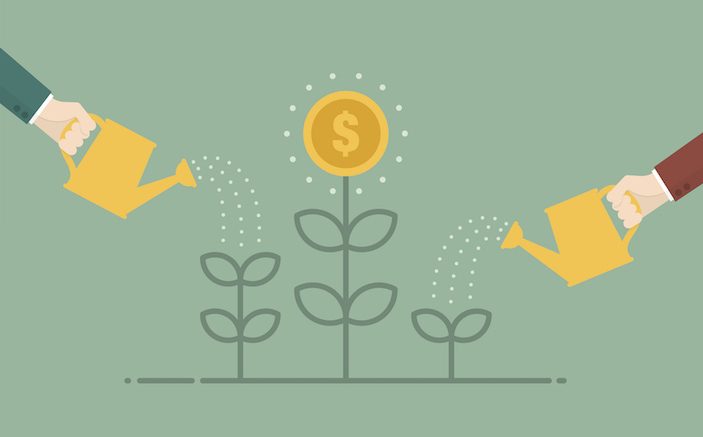In emergency medicine we want results STAT – vital signs, oxygen, labs, urinalysis, admit or discharge. I believe that many of us are hardwired this way after practicing for a while. And I also think this attitude spills over into our expectations about our investments and finances. We want results (high portfolio returns) and we want them now.
Financial advisors are also partly to blame for this. Many of them convince you that your investment returns are the only way to build wealth (and of course only they know how to achieve higher returns!), but is that really true?
Let’s examine this. Suppose you just started your EM career at age 30 and you have “nothing” to show for it (your investment portfolio value is $0). You get your first job paying you $300,000 annually and because you’ve been reading my articles here you sock away $50,000 annually into your retirement portfolio. This could be a combination of 401k, taxable accounts, SEP IRAs, or other accounts. You also get an annual 7% rate of return on your portfolio.
Over 30 years the following chart shows you the percent of the annual portfolio value gain that is attributed to your savings versus the investment return:

You can see that it takes at least a decade for the investment returns to have a higher impact on portfolio value over the savings rate. Lower investment returns result in an even longer time period.
So if you want to bump up your portfolio value focus on savings rates that you have control over instead of investment rates that you have very little control over.



